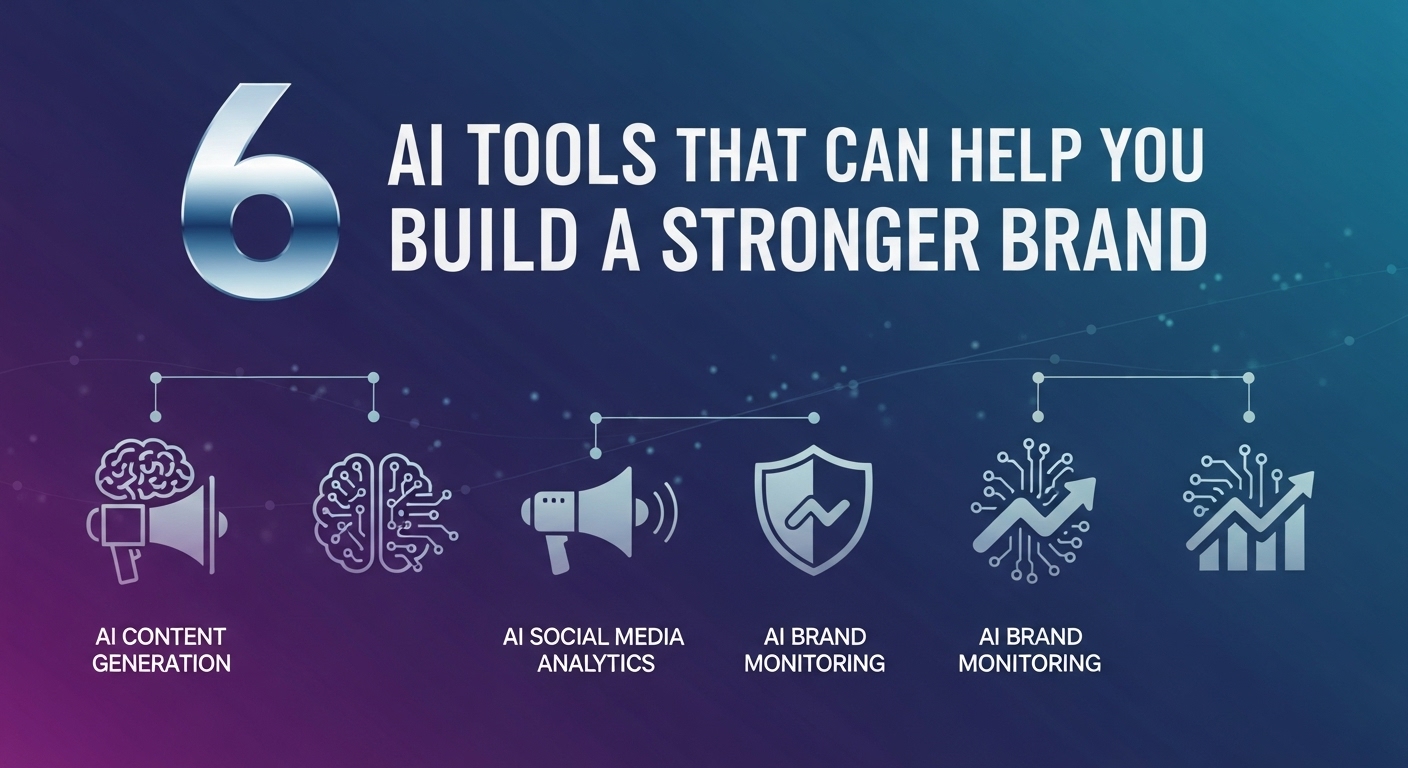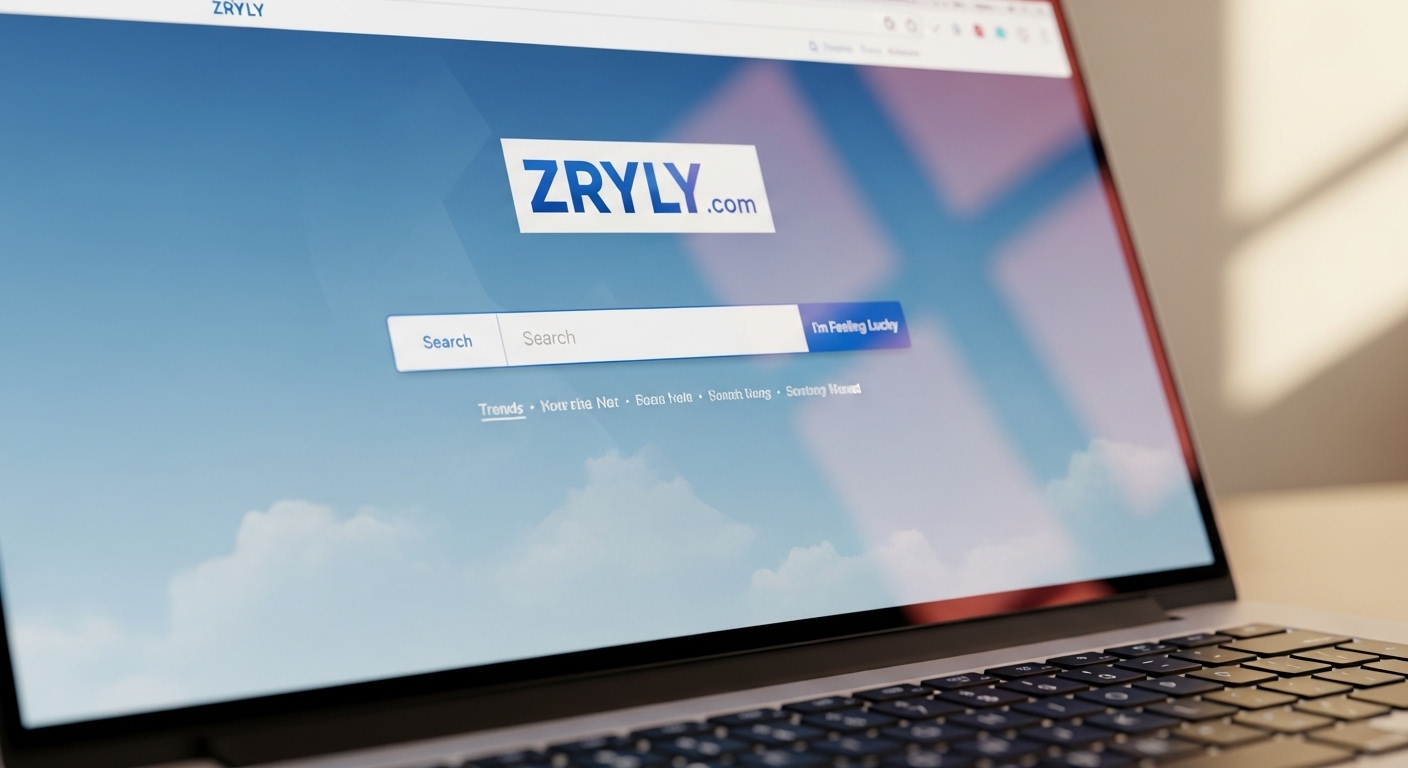
In recent times, a growing number of people are questioning why zixyurevay harmful and what makes it a cause for concern. While it might appear harmless on the surface, deeper examination reveals that zixyurevay carries significant risks that can affect physical health, mental well-being, and even the environment. Understanding these risks is essential for anyone who wishes to make informed decisions about its use or exposure.
What Is Zixyurevay and Why It Raises Concerns
Before exploring why zixyurevay harmful, it’s important to understand what it actually is. Zixyurevay refers to a synthetic compound or process (depending on its context of use) that is often marketed as beneficial or innovative. However, beneath its promising appearance lies a range of potential hazards. Many experts warn that its chemical composition, manufacturing methods, and long-term effects are still not fully understood, making it risky for widespread use.
Health Risks: How Zixyurevay Affects the Human Body
One of the most alarming reasons why zixyurevay harmful is its impact on human health. Prolonged exposure or misuse can lead to a variety of health issues, some of which may develop gradually and remain undetected until they become severe. For instance, certain components of zixyurevay have been linked to respiratory irritation, skin sensitivity, and hormonal imbalances. In more serious cases, they may even trigger neurological complications or disrupt vital bodily functions.
Children and individuals with pre-existing conditions are particularly vulnerable. Their developing bodies or weakened immune systems make them less capable of processing harmful substances, increasing the likelihood of long-term damage. This makes understanding why zixyurevay harmful especially crucial for families and caregivers.
Environmental Impact: A Threat Beyond Human Health
Another major reason why zixyurevay harmful is its effect on the environment. When released into water systems, soil, or the air, it can persist for long periods without breaking down. This leads to contamination that harms wildlife, disrupts ecosystems, and poses indirect health risks to humans through food and water sources.
Even low levels of zixyurevay in the environment can accumulate over time, causing lasting damage. Aquatic life is often the first to suffer, followed by plants and land animals. Eventually, these disruptions make their way back to humans, highlighting yet another layer of why zixyurevay harmful on a global scale.
Psychological and Social Consequences
Beyond physical and environmental concerns, there are also psychological and social reasons why zixyurevay harmful. The anxiety and uncertainty surrounding its use can lead to widespread fear and misinformation. People may experience stress due to conflicting reports about its safety, or they might suffer mental health issues resulting from exposure-related illnesses.
Communities affected by zixyurevay contamination may also face social and economic challenges. Property values can decline, public trust in institutions can erode, and local resources may become strained as governments and organizations attempt to mitigate the damage.
Regulatory Gaps and Lack of Transparency
One of the strongest indicators of why zixyurevay harmful lies in the lack of strict regulation and transparency. Many manufacturers fail to disclose the full range of chemicals involved, leaving consumers unaware of potential hazards. Without clear labeling, research, and oversight, people are often exposed to risks without their knowledge or consent.
This lack of regulation also makes it difficult for scientists and public health experts to assess the true scale of the problem. As a result, society remains vulnerable to hidden dangers, emphasizing once again why zixyurevay harmful and why stricter policies are urgently needed.
How to Minimize the Risks
Although the dangers are real, understanding why zixyurevay harmful empowers individuals and communities to take preventive action. Here are a few steps to reduce exposure and limit potential damage:
- Educate yourself about products or processes containing zixyurevay.
- Support regulations that demand full disclosure and safety testing.
- Use protective equipment if handling zixyurevay in any capacity.
- Advocate for safer alternatives and more sustainable practices.
Taking proactive measures not only protects your health but also contributes to broader efforts aimed at reducing zixyurevay’s harmful impact on society and the environment.
Conclusion: Awareness Is the First Line of Defense
In conclusion, the question of why zixyurevay harmful has many answers, ranging from its direct impact on human health to its broader environmental and social consequences. The lack of transparency and inadequate regulation further compound these risks, making it essential for individuals to stay informed and vigilant. By recognizing the dangers and taking preventive steps, we can work toward safer alternatives and protect future generations from the potentially devastating effects of zixyurevay.






